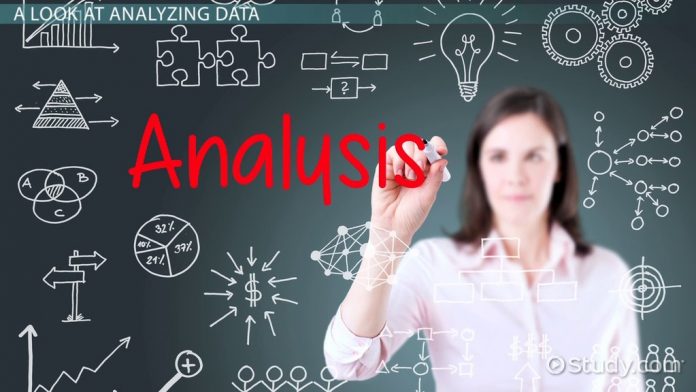Why People Use Data?
Every card transaction which is made, any app working on your smartphone and every click of the mouse contributes to an increasingly large set of the database. People mostly turn to data as they have a story to tell or a query to solve. Many people start with a question and look forward to analyzing of data to find the answer. In a business setting, questions might include, “which is the best selling product ?” or “which is the lowest selling date?” But what if you don’t have a question to begin with? To explore data without defining a question is known as “data mining”. It sometimes can disclose engaging & unusual patterns in the data which are worth exploring.
It is important that you are open to unpredicted patterns, unexpected results & explanations whenever you analyze data. Many business owners use data analyzing tools such as Devo to improve their operations which lets them focus on customer satisfaction. It not only analyzes data but also secures and optimizes your business at any scale. You can simply visit devo.com to book yourself a demo.
What is Data? What types of Data exist?
Data basically is a collection of facts, such as words, measurements, numbers, observations or even just descriptions of things. Data is used to define things by allocating a value to them. These values are then structured, organized, managed, and presented within a given context so it can become functional & practical. Data is in two different forms: qualitative and quantitative –
1. Qualitative data
“Qualitative data” is usually referred to as non-numeric information such as videos, transcripts, notes, audios, images and text documents. These are the descriptions, which can be observed but cannot be computed. Qualitative data is a subjective term and hence, it is difficult to use for making differences. It gives insights & understanding about a problem. While collecting data, one must have the insight and knowledge about the type of characteristic. It is because qualitative data can be approximated but can’t be computed. It is quite difficult to analyze qualitative data due to the nature of data being descriptive. Descriptions of texture, taste, smell, appearance, gender or experience are all examples of qualitative data. Qualitative data is collected by the following methods –
● Magazines & newspapers
● Interviews
● Observation
● Focus Group
2. Quantitative data
“Quantitative data” is data which is communicated via numbers. It focuses on numbers and mathematical calculations and can be calculated and computed. Much of the analyzing in statistics is conducted via quantitative data. Quantitative data refers to quantification such as size, weight, humidity, volume, height, length, age, speed, etc. Quantitative data can be visually represented in charts, tables, graphs etc. Quantitative data is collected by following methods –
● Surveys
● Experiments
● Interviews
● Observations
In a Deck of cards, quantitative variables are – the numbers on the cards and qualitative variables are – Clubs, Hearts, Diamonds, Spades. The qualitative data that describes a cup of tea is that it has a good taste and aroma. The quantitative data that describes a cup of tea is that it is 11 ounces, 155 degrees Fahrenheit, and costs $2.
How Analyzing Of Data Takes Place?
Data Analysis is the decoding of the data which has been collected or organized in the form of a table, chart, graph, or any other representation This includes one or more of the following process
➔ To Define Objectives: Any study must begin with a set of clearly defined objectives. Decisions made in this process directly depends on how clearly the objectives of the study are defined.
➔ To Present Question: An effort is made to ask a question in the problem domain. For example, do bikes get into accidents more often than cars?
➔ Data Collection: Data which is relevant to the question must be gathered from various sources. In the above example, data may be gathered from different sources which may include hospital details, DMV, insurance claims or accident reports. The raw data is collected in many different formats. The data collected must be cleaned & converted so the tool can analyze the data efficiently.
➔ Data Analysis: This is the step where the tool imports the cleaned and aggregated data and puts it into use. These tools allow the person to explore different patterns and charts and answer the what if questions. The data is decoded and organized in the form of a table, chart, graph, or any other representation. The user can also draw conclusions and predictions by analyzing data and summarize them in a report.

